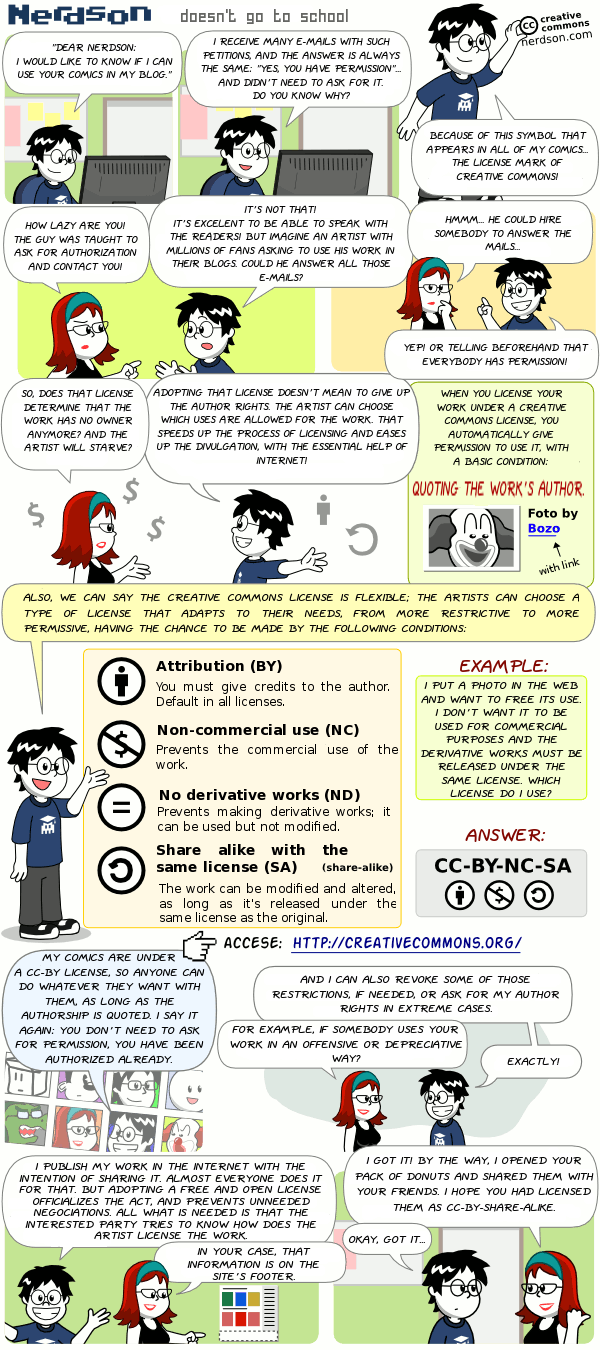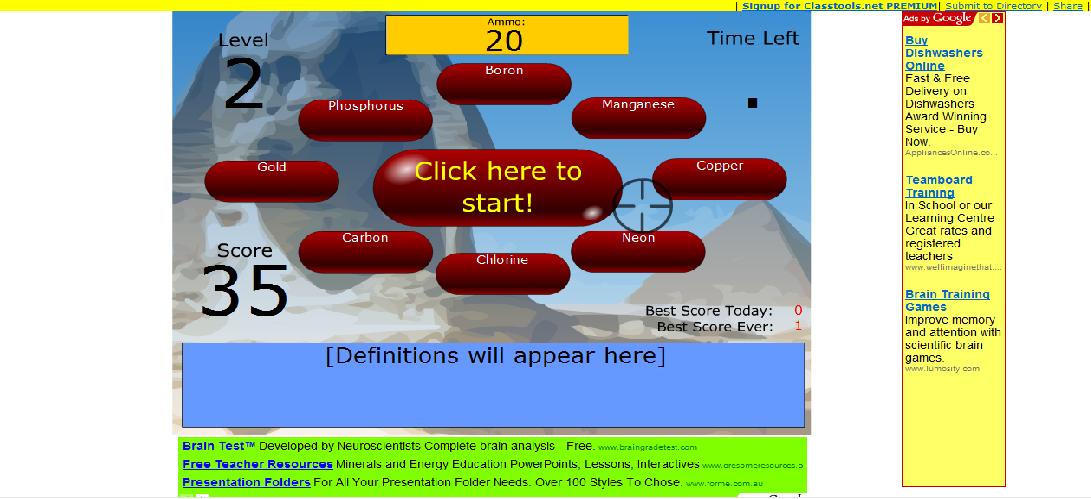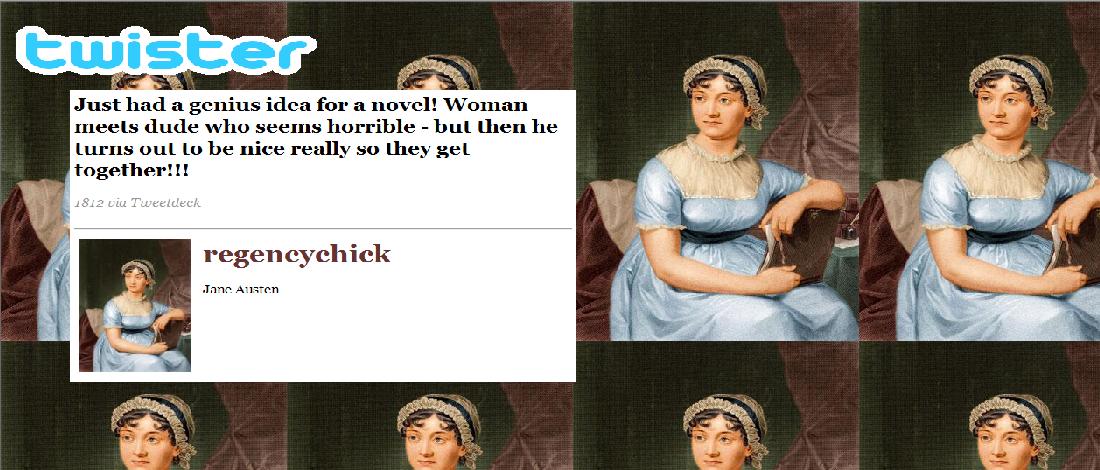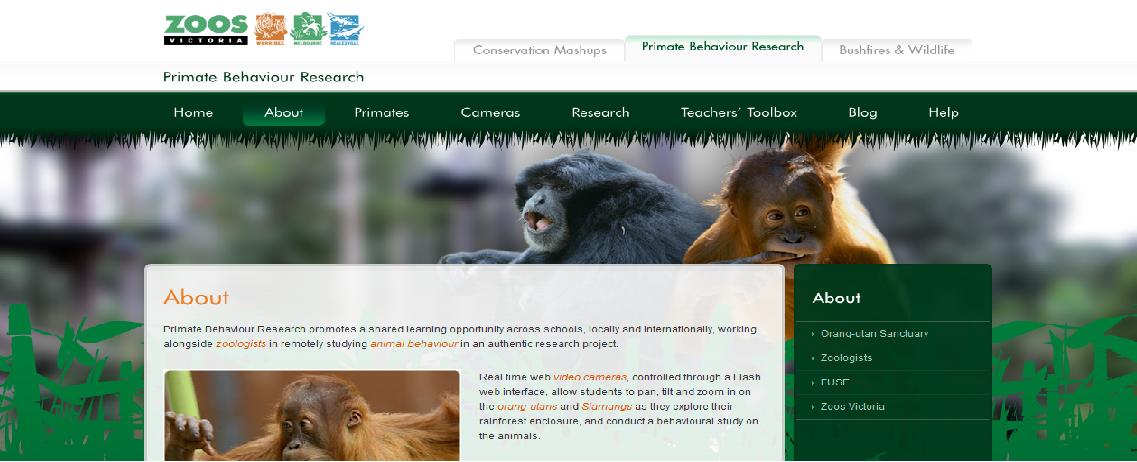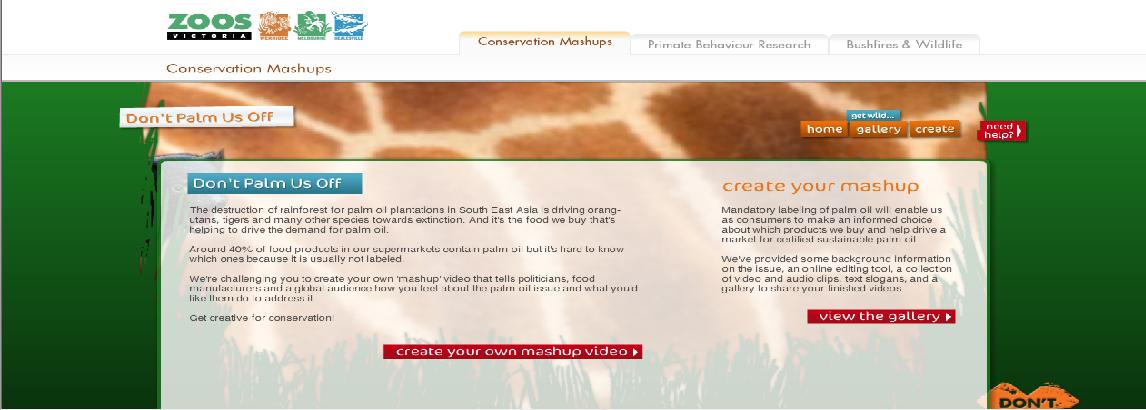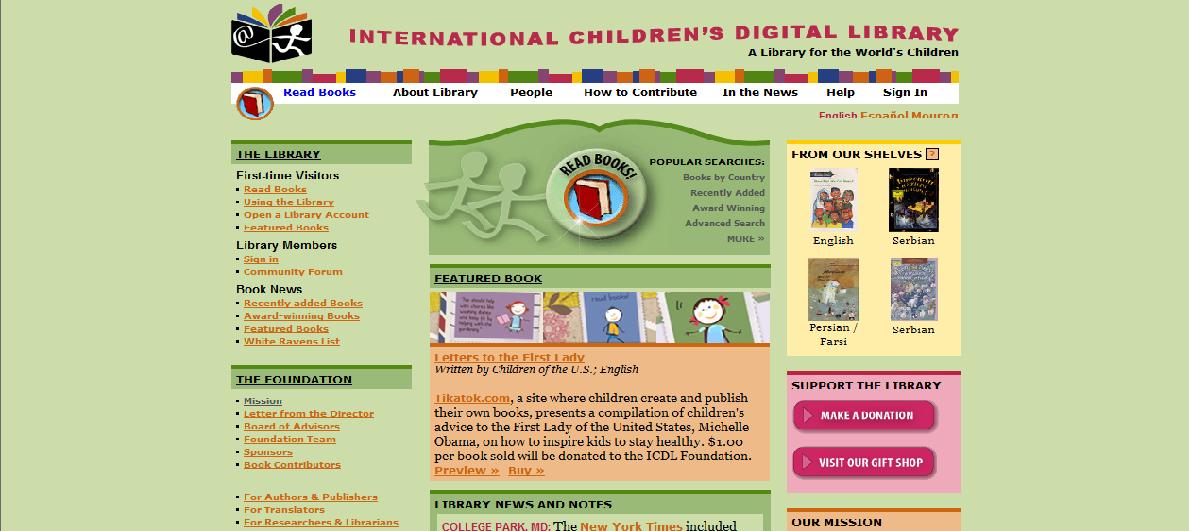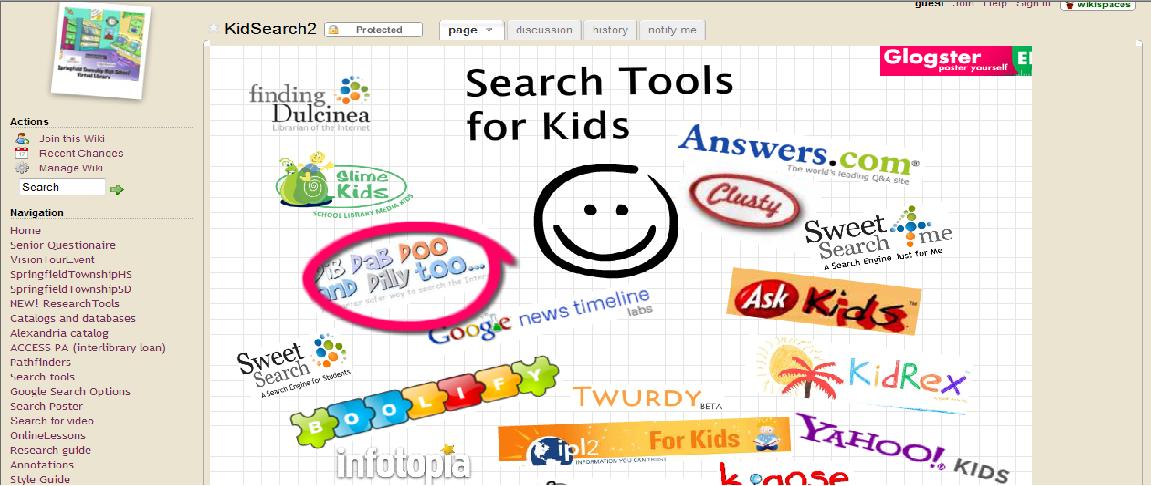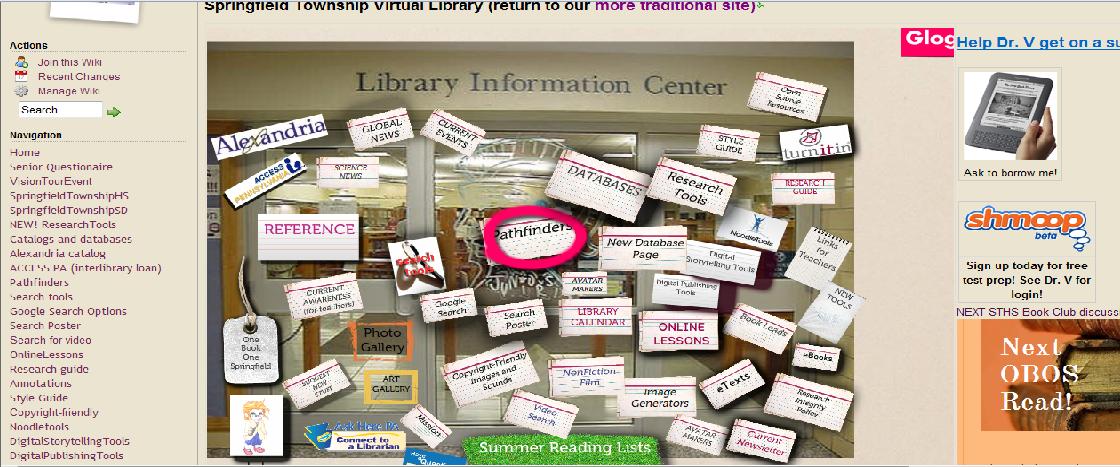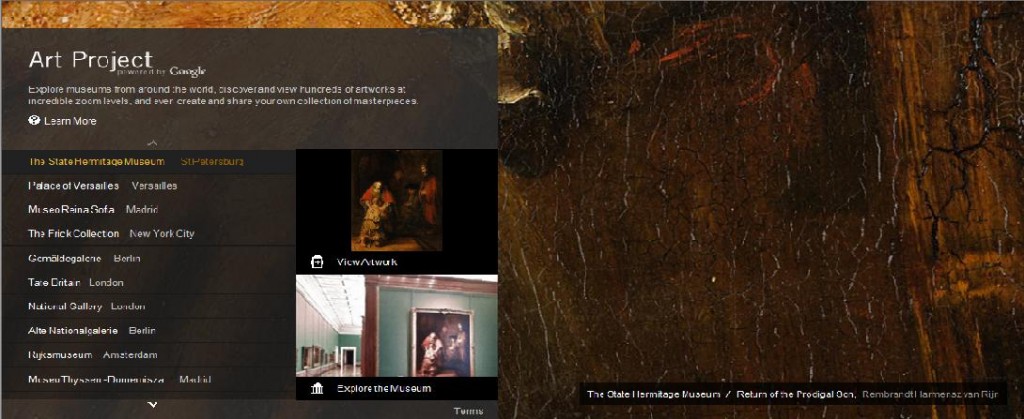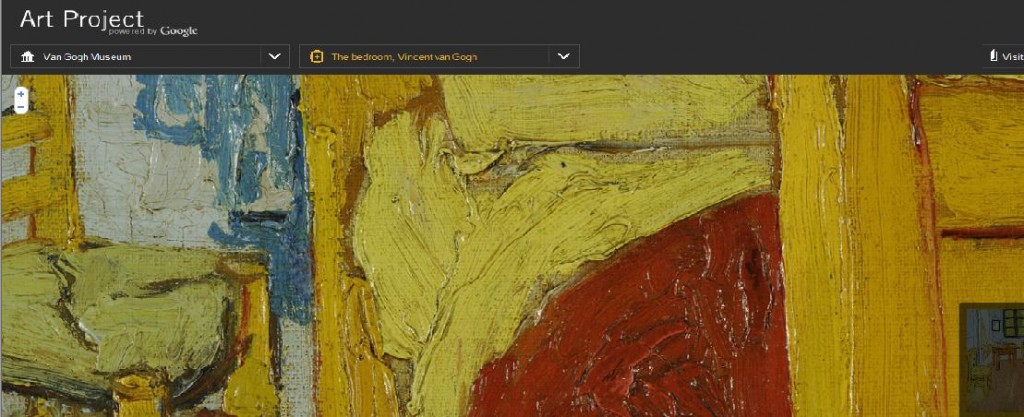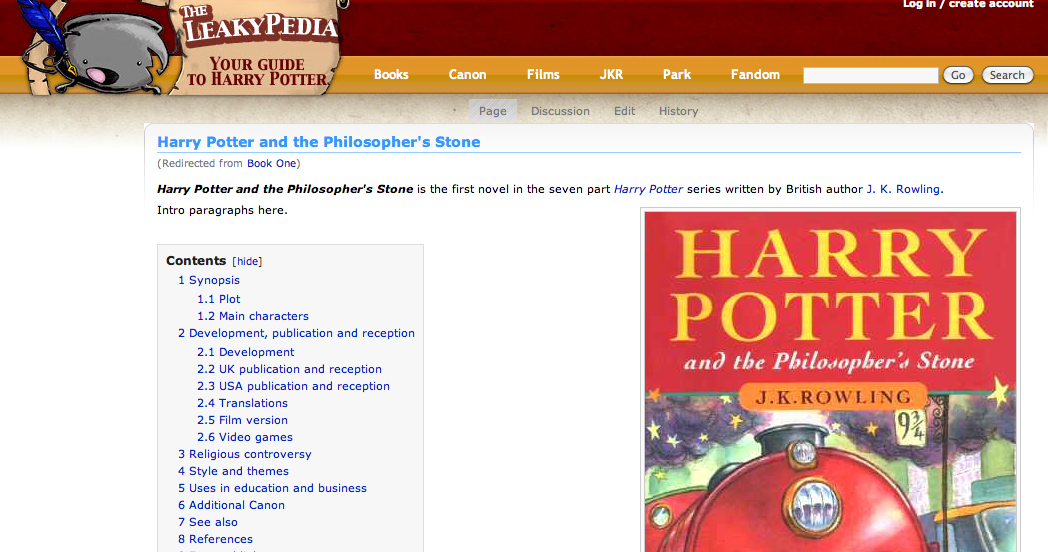The below poster was created by Karlisson Bezzera (Brazil), a blogger who goes under the name of Nerdson. Bezerra manages to explain creative commons in an easy-to-follow comic strip. The text has been translated from the original Portugese (not by myself!). This poster has been moving around the world wide web. It would be perfect to have up in the library and computer rooms.
Category Archives: Teaching resources
Classtools.net
Classtools.net is a free website where you can create quizzes, games, and diagrams using the templates provided. You can then host these on your own website, blog, or intranet. The site is created by Russel Tarr, Head of History at the International School of Toulouse, and author of the website ActiveHistory.
Search by subject or by template. When searching by subject, the site provides examples of work created using the templates. For example, when seaching ‘chemistry’, there is a game called ‘War of the Words’ in ’30 Element Symbols’. The students have to shoot the correct element, with a certain amount of ammunition in a certain amount of time. It is a fun way to remember the periodic table!
Twister is a new template on the site and is great! A student can create fictional ‘status updates’ for a historical person. Questions for student consideration are provided on the site:
- What are the most important people in this topic?
- What was their most important moment within the topic?
- What would their comment be about it?
- What particular keywords would they use within their comment?
- What hashtag could they maybe use at the end of the message?
- What nickname did they have / could we invent to use as their username?
Using a popular social networking tool is a fantastic way to get students interested in history. ClassTools.net suggest printing the updated twister pages for display.
There are plenty of other great templates on this site. It is well worth having a look.
Making maths fun
Coolmath-Games.com is where students can play games and learn math skills at the same time. The site has something for everyone, from learning how addition works (some activities are for children to do with their parents), to being taught about algebra and precalculus. A note of warning for the lessons the site offers, you cannot download or print these lessons. That does not stop you from showing them on the interactive whiteboard. The homepage has new games listed, and you can search by category, such as strategy, numbers, and memory. It is definately worth exploring and sharing with the math teachers.
Zoos Victoria and digital learning
Melbourne Zoo, Werribee Open Range Zoo, and Healsville Sanctuary offer some fantastic educational experiences for all ages. In a brilliant move, particularly for schools distant to the zoos, the zoos have ‘wild digital learning for students’:
Students can choose from three different areas – conservation mashups, primate behaviour research, and bushfires and wildlife challenge – to contribute their learning to. In a world first, if students choose ‘primate behaviour research’ there are real time web video cameras that allow students to conduct a behavioural study of the Orang-utans and Siamangs. Students are able to enter their data and share their findings, or interpret the data that is already there. This real research will be used by the zoo to encourage the natural behaviour of these animals. This is authentic learning at its very best!
In ‘conservation mashups’ students can choose the options of ‘don’t palm us off’ or ‘beads for wildlife’. In ‘don’t palm us off’ students are asked to create a mashup video that can be used to campaign the palm oil issue. The site provides all the information on the issue, and all the things students would need to create their mashup. To really convince students to take part, there is a gallery where they can share their mashup video with the world.
If students choose the ‘bushfires and wildlife challenge’ they are asked to improve biodiversity and reduce fire risk in their community. Again, the zoos are providing the real-life, authentic learning tasks that prove to be so powerful in creating knowledge. These activities can be undertaken by primary or secondary school students.
Guest post: Inside a Dog with Heath Graham
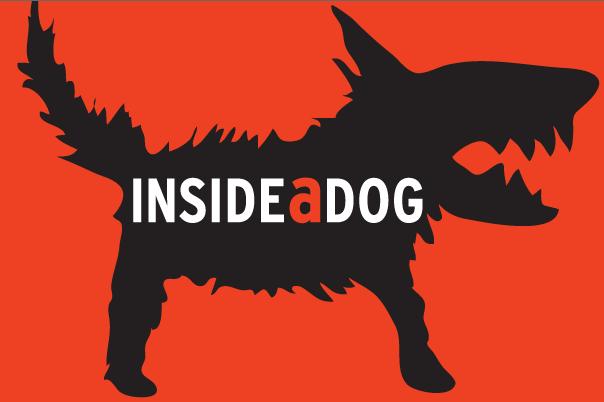 The Centre for Youth Literature’s (CYL) Inside a Dog website was launched last night at the Docklands. Heath Graham, the Learning Programs Officer for Online Education at State Library of Victoria, has kindly outlined what students and educators will be getting from the new Inside a Dog. In Heath’s words, “The old dog has learnt a whole bunch of new tricks”.
The Centre for Youth Literature’s (CYL) Inside a Dog website was launched last night at the Docklands. Heath Graham, the Learning Programs Officer for Online Education at State Library of Victoria, has kindly outlined what students and educators will be getting from the new Inside a Dog. In Heath’s words, “The old dog has learnt a whole bunch of new tricks”.
The new version of Inside a Dog maintains all of the features of the old site, adding new functionality to help readers to share what they love and discover new books.
The biggest new feature on the site is the addition of member-run book clubs. If you are a fan of a particular author, genre, or series, you can now start your own Inside a Dog book club and find other like-minded readers to share ideas, post reviews, or show off your fan art. Book clubs can be either open membership, allowing any of the site’s users from around the world to join and contribute, or closed, requiring permission from the clubs’ creator to join.
Each site member will have their own page, listing reviews they have written, their favourite and recommended books, and the book clubs they are members of. “Star reviewers” will earn privileges, ranging from recognition on the site itself to copies of books to review.
In addition to individual pages for members, each book reviewed on the site will have its own page. Book pages will list all reviews of the book, along with any additional content supplied by publishers, including first chapters, book trailers, and audiobook snippets, and a list of recommendations and related titles.
Recognising the popularity of the site with teachers and librarians, the revamped site has curriculum-linked resources supporting the use of book clubs in the classroom, writing book reviews, and exploring the use of new media in creative responses to literature, as well as information for teachers on copyright and using online resources in the classroom.
Inside a Dog will continue to run a news blog, and the popular Writer in Residence feature, allowing readers to interact and join in a discussion with a new YA author every month. The Inky Awards, yearly reader-voted awards for favourite local and overseas book, and the Inkys Creative Reading Prize will also continue.
In addition to this new version of a favourite website, there have been other changes behind the scenes at the Centre for Youth Literature. Adele Walsh (aka blogger Persnickety Snark), has begun as the new CYL Program Coordinator, following Mike Shuttleworth’s resignation for personal reasons. Lili Wilkinson, herself an award-winning YA author, will also be leaving CYL to commence a creative writing PhD at the University of Melbourne. Both Lili and Mike have made enormous contributions to the Centre’s work, and they are wished the very best for their future endeavours. The Centre’s new status as a Key Organisation for the Australia Council for the Arts kicks off a new era for CYL in 2011. For more information please contact the Centre for Youth Literature on 03-86647262, or youthlit@slv.vic.gov.au
Thankyou to Heath and the CYL team for providing such a fantastic website for readers to use, enjoy, and contribute to.
International Children’s Digital Library (ICDL)
The ICDL won the American Library Association President’s 2010 award for International Library Innovation. It is a wonderful site that aims to ‘…support the world’s children in becoming effective members of the global community – who exhibit tolerance and respect for diverse cultures, languages and ideas — by making the best in children’s literature available online free of charge.’ This digital library would be brilliant for LOTE classes. It may also be a nice way for ESL students to teach their fellow classmates about their culture and language, by finding novels written in their language and sharing these. It is just wonderful to be able to show children a digital library and watch them explore. If you haven’t already, take a look:
Search Tools for Kids (Dr. Valenza)
Dr. Joyce Valenza has updated her Search Tools for Kids, as of 12th January 2011. This glogster poster provides a myriad of search tools for students (specifically primary). Have a play with the search tools yourself, share this resource with your colleagues, and/or let your students explore. Thankyou to Dr. Valenza, who is such a guru for teacher librarians and educators the world over.
You can access this glogster poster through the Sprinfield Township Virtual Library, which is a wonderful example of what you can do with a wiki, and glogster posters. Take your time to have a look at this virtual library and you may be inspired.
Today is Safer Internet Day 2011
Safer Internet Day 2011 is organised to promote safer use of online technology and mobile phones, especially amongst young people. This year’s theme is “It’s more than a game, it’s your life”.
Today is the day to consider cyber safety at your school and in your home. If you are not part of the school’s planning committee for online safety, or bullying, then send them the information that could contribute to creating a safer online community.
Cybersmart, developed by the Australian Communications and Media Authority, is part of the Australian Government’s cybersafety program. It is a brilliant site that provides activities, resources, and advice to help young people, parents, and educators safely enjoy the online world. It offers training and resources for schools, and material for libraries. It has appealing portals for ‘young kids’, ‘kids’, and ‘teens’.
The wiki site Raising ‘digital’ kids: Parent workshop by David Truss houses the free workshop ‘Education in the digital age: A reorientation for parents’. This is a workshop by David Truss to develop expectations around the use of technology to play, learn, and connect. Designed for parents, it can be applied to schools. The wiki has an abundant amount of resources. Below is the slideshow of the presentation:
Don’t forget that you can ring your local police station to organise a guest speaker to come to your school to talk about cybersafety and cyberbullying, with just the teaching team, or the whole school. If your local police station does not have the resources, they will be able to point you in the right direction.
Art Project
Art and history teachers be amazed. Google’s Art Project is bringing famous museums and artworks to you.
What a way to inspire your students! Show them around some of the world’s most famous museums, view brilliant artworks closer than you could ever get in ‘real life’, or get your students to create their own collections, that they are then able to share. Below is a close up of Vincent Van Gogh’s The Bedroom. It is truly breathtaking. What a way to teach technique.
You can have virtual tours of rooms in places such as Rijksmuseum (Amsterdam), The National Gallery of London, and the Palace of Versailles (Versailles). This is a fantastic resource that can take you places and show you things that you and your students may never see otherwise.
The LeakyPedia
If you are looking for resources to teach the Harry Potter books, then The LeakyPedia is a great place to start.
Presented as a wiki, the LeakyPedia has excellent information on Harry Potter and the Philosopher’s Stone, however the rest of the books and all of the films need additional information. I see this an an opportunity for students who are fans of the books and/or the films to submit something to the site. The style of articles for the wiki has already been laid out, so students would be able to easily follow the templates on the site.
There are also opportunities to add information about the Wizarding World of Harry Potter, biographical information about J.K Rowling and subjects such as Muggles, creatures, spells and more.
This could be an engaging task for students to complete some detailed writing for an authentic audience.
The people behind the wiki are the developers of the world renowned Leaky Cauldron website.

